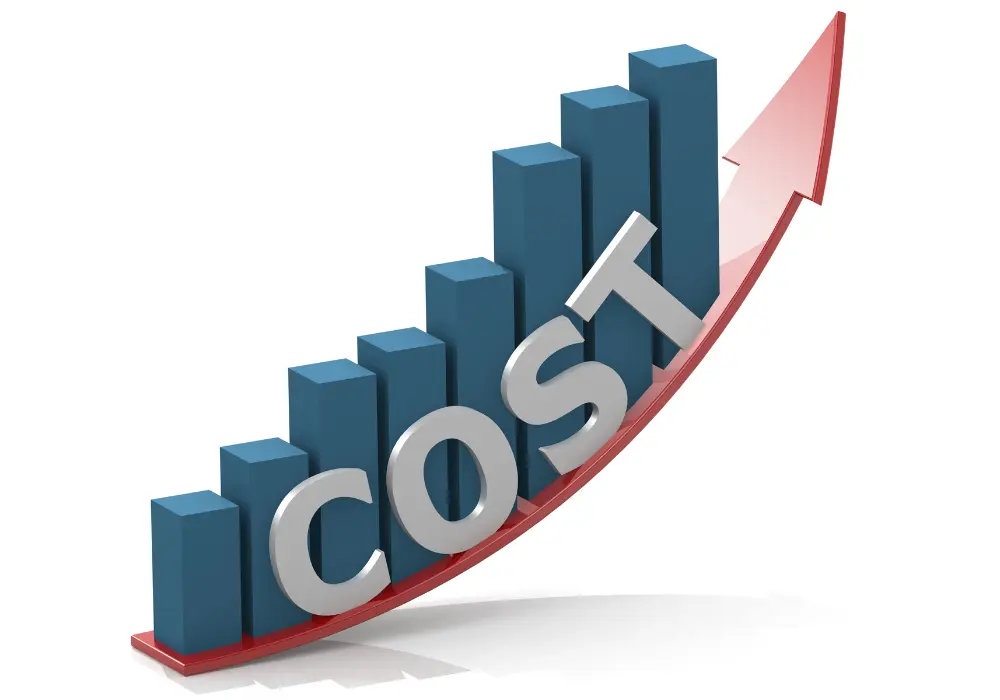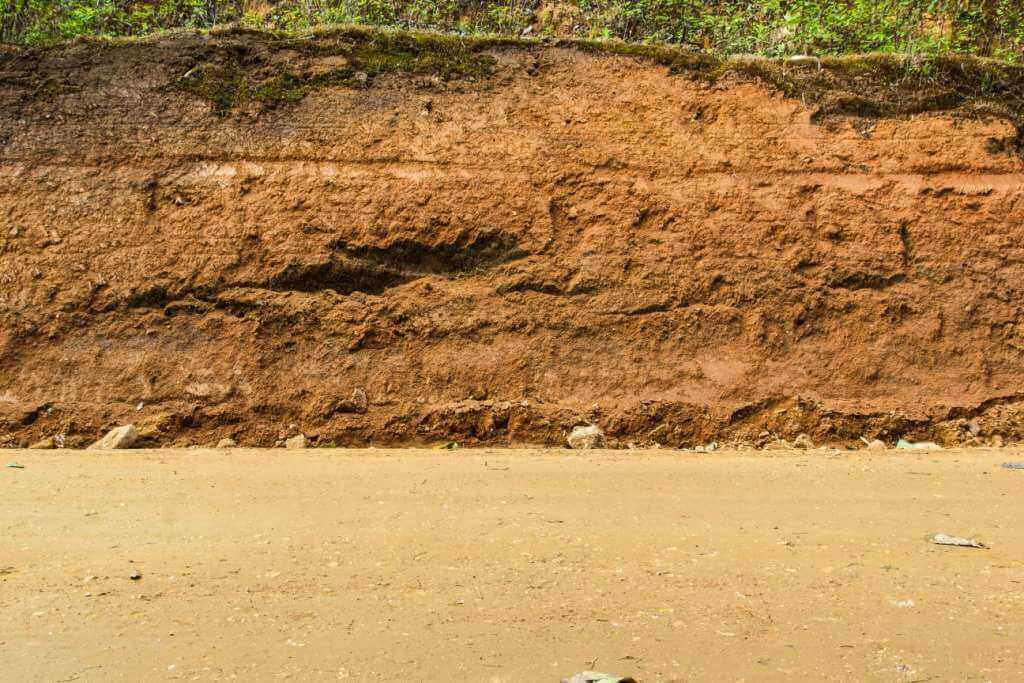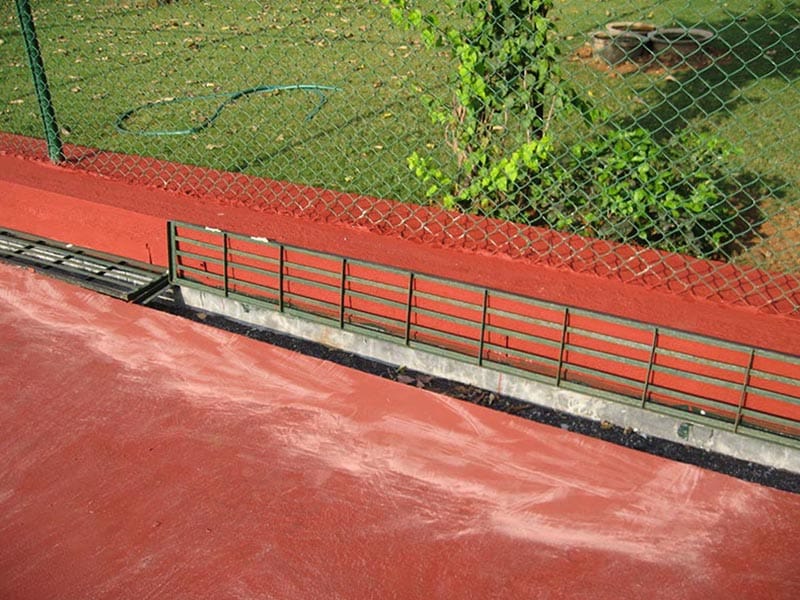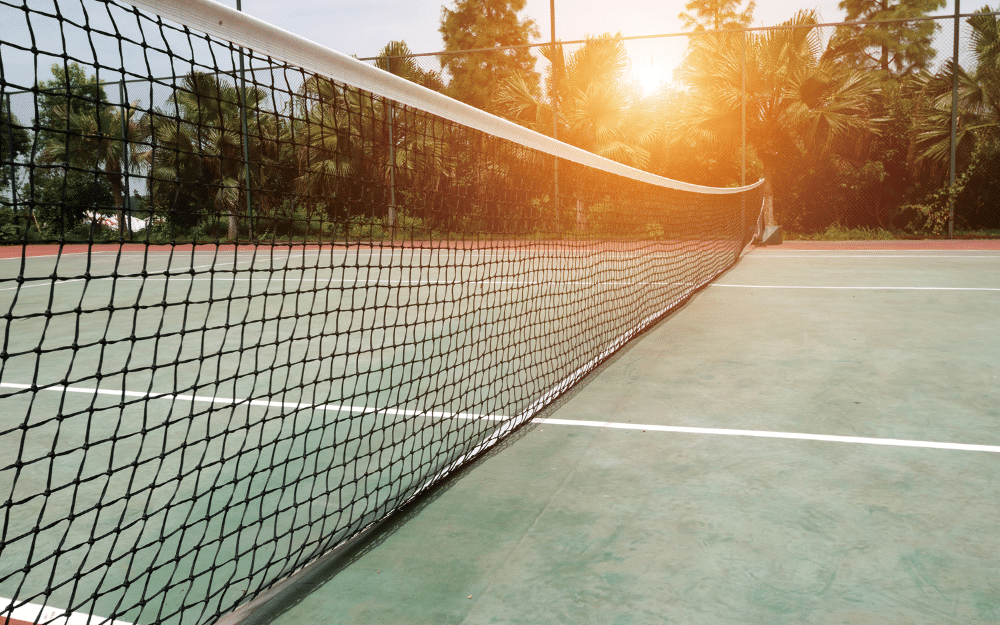A residential tennis court is a valuable addition to your home that eliminates the need for local tennis club memberships.
It significantly raises your property’s value, boosting return on investment. Building a tennis court in your home means you can customize it to your liking. While constructing a residential tennis court is exciting and lets you enjoy your favorite sport conveniently, the process isn’t easy.
However, with careful consideration of different elements and planning, you can successfully bring your tennis court dream to fruition. Discussed below are five things to consider when building a tennis court.
Cost
 While tennis court building isn’t a cheap venture, the costs vary based on:
While tennis court building isn’t a cheap venture, the costs vary based on:
- Your preferred base material
- Tennis court size
- Site preparation
- Installation method
- The amenities you wish to add
- Taxes and permits
The tennis court builder you hire may also influence the overall building cost. Comparing multiple bids can help understand the cost to build a tennis court.
However, it’s important to note that a cheap quote doesn’t guarantee quality work. Consider making a budget in advance containing accurate estimates of everything required for a complete tennis court installation to control your spending.
Location
When building a tennis court, ensure you have sufficient land for the project. The recommended minimum space for a standard tennis court is 120 feet in length and 60 feet in width. When picking a location, measure it to ensure the available space is enough for the tennis court size you want.
The ideal court location should receive a lot of sun and be easily accessible. The area you choose for the tennis court should also be flat; otherwise, you’ll have to do extra work to flatten it, leading to additional expenses.
Soil Condition
Once you find a suitable tennis court location, check the soil condition. The soil should be stable to ensure your project doesn’t fail.
You can recruit a geotechnical engineer to research and analyze the soil and groundwater levels. This will help ensure your finances aren’t wasted on a project that won’t serve you long.
Tennis Court Surface
There are various tennis court surface types that come in varying prices. As such, you should consider your budget and the maintenance they require when choosing. Some of the surfaces to consider include:
- Acrylic surfaces: These provide good traction and are durable and low maintenance. Unlike hard courts, acrylic ones are softer, which ensures a bouncy experience
- Concrete surfaces: While these courts are durable, inexpensive, easy to maintain, and provide excellent ball control and traction, they can lead to severe injuries if one isn’t careful
- Asphalt surfaces: These come with low initial costs and are easy to install. However, they’re prone to damages and cracks over time, need regular maintenance, and are usually costlier in the long run
- Clay surfaces: They offer great spin and ball control and offer unique play. Nevertheless, they need more maintenance, which can be expensive
You also have other options like grass, wood, and carpet surfaces.
Drainage System
A proper drainage system is essential for a tennis court. The ideal drainage type varies depending on soil conditions.
For example, if your tennis court site is largely clay, you’ll need a subsurface perimeter drain to avoid water retention. Conversely, if you’re building the court on gravelly or sandy soil, you won’t require an underground drainage system.
Endnote
Numerous considerations go into building a tennis court. Considering these things when constructing a tennis court can help ensure success.

